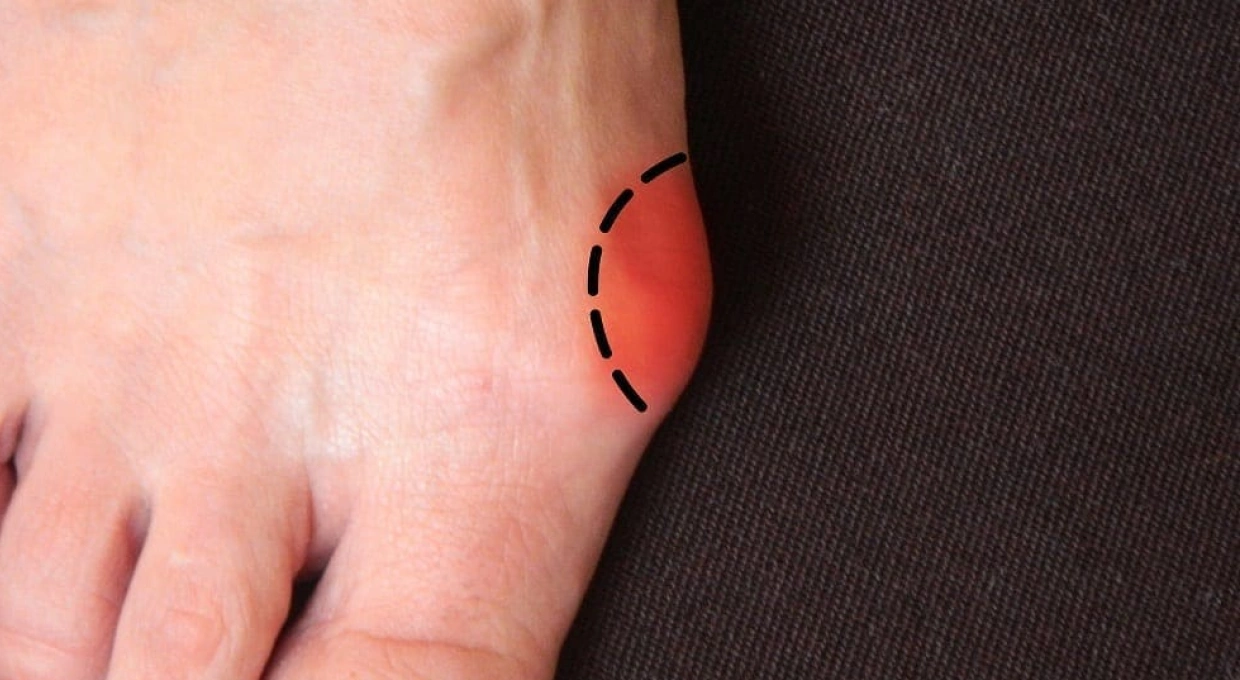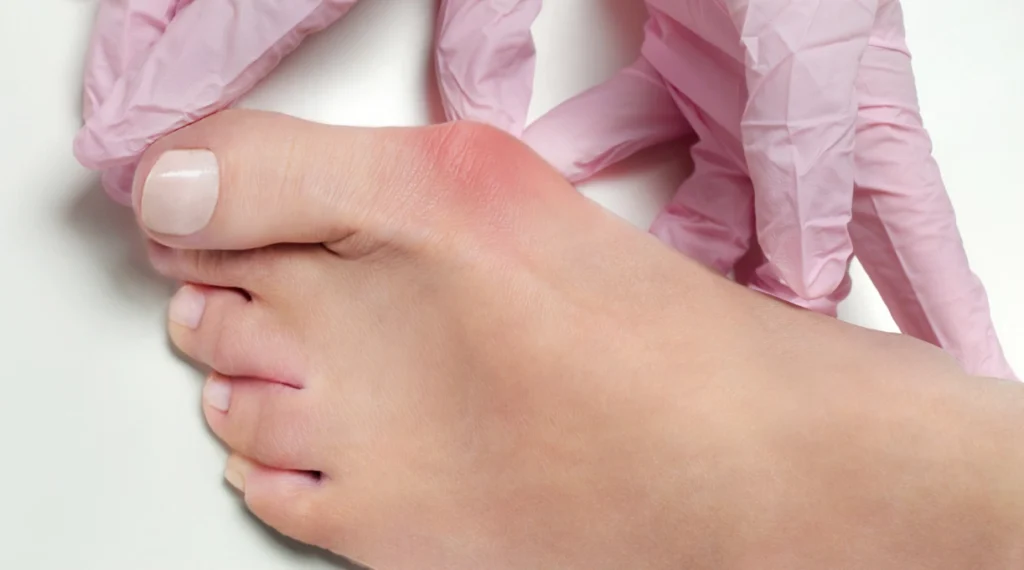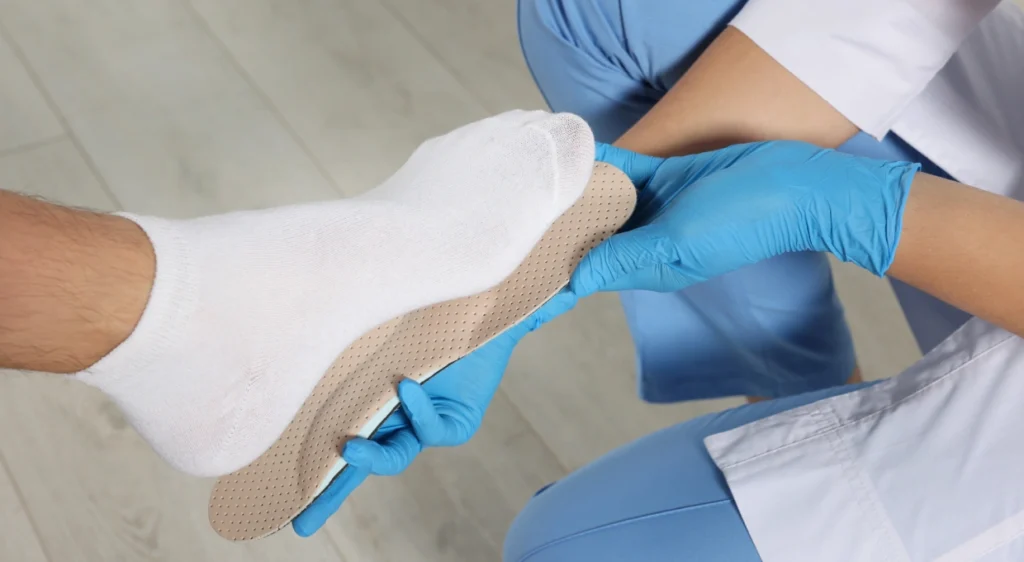The bunions or hallux valgus is the most common deformity of the foot, and it is not only an aesthetic appreciation, but it produces consequences in walking and disorders at other levels, in addition to pain that can cause disability and affect the quality of life of those who suffer from it. The bunions are more frequent in women, and although it has been determined that there is a genetic predisposition, the use of inappropriate footwear and narrow toe; remains one of the most important factors that favor the appearance of this problem so common in the population.
Do I need bunion surgery?
The natural history of hallux valgus indicates that the deformity progressively increases with age; it may even lead to the development of other toe deformities and a variety of gait disorders. Moreover, the rapidity of the progression of the deformity cannot be determined in advance. Similarly, there are some orthotic treatments when the problem of bunions is in its initial phase. Unfortunately, this type of measure slows down the progression but does not correct the deformity. Thus, as indicated by specialists, surgery is still the way to solve this annoying deformity of the foot definitively.
What is bunion surgery like?
There are different techniques for bunion surgery, but since the 1990s, a foot surgery has been developed that is called minimally invasive which has revolutionized the field of podiatry, offering a solution with minimal complications, little pain and rapid recovery and integration of the patient to their daily activities. At the San Roman Clinic we have been practicing this surgery for 40 years, accumulating a great experience and number of cases that makes us one of the centers with more prestige and knowledge of this type of surgery throughout Europe.
What is the best surgery for bunions?

Without a doubt, after years of experience and numerous scientific studies, it has been demonstrated that minimally invasive minimally invasive surgery o percutaneous foot surgery is an effective and safe alternative to solve definitively the bunions. bunions. However, experience and the use of appropriate surgical materials and instruments guarantee success. In the San Roman Clinic, our group of specialists makes a detailed evaluation of the defect in the foot, with measurements and relevant studies to choose in advance and more accurately the surgical technique that fits each case. A correct biomechanical evaluation of the footallows the podiatrist or medical specialist establish an individualized surgical strategy and guarantee a complete correction of the bunions. bunions as well as other associated problems that frequently affect these patients. We also have a team that is constantly trained and updated in this type of surgery, in order to offer advanced technology and knowledge.
What are the advantages of minimally invasive surgery?
First of all, the surgery time is shortened, which can be performed on an outpatient basis and without the need for general anesthesia. On the other hand, there is less damage to the tissues of the bunion operation, which translates into a faster recovery of the patient. Finally, it should be noted that the complications of minimally invasive foot surgery minimally invasive foot surgery are minor, with a very low incidence of infections. Article prepared by Clínica San Román Date of Publication: 13 -11-2019 Date of revision: 14-02-2020



